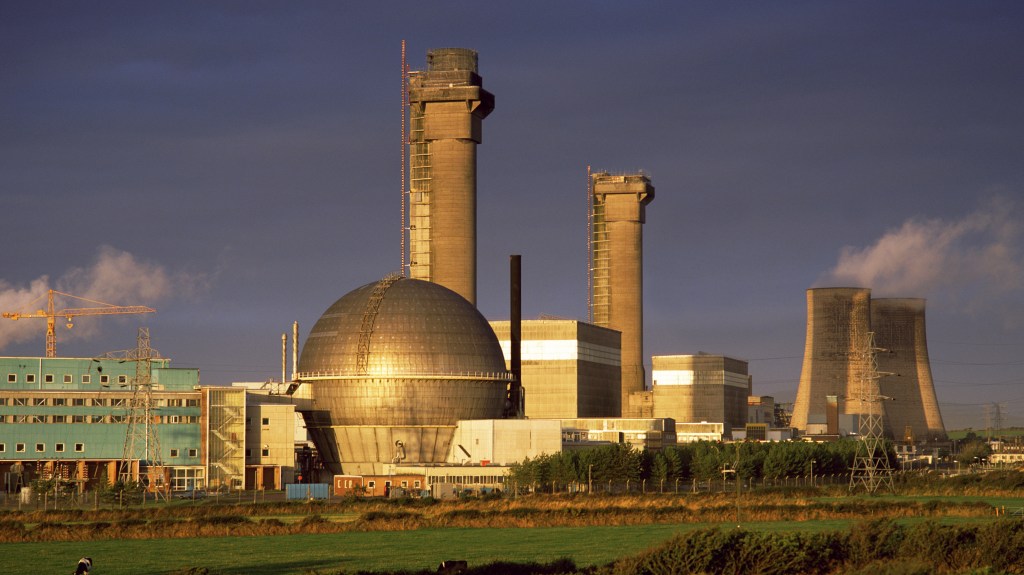Sellafield Nuclear Waste Management Costs Rise to £136 Billion
Costs related to the management of the UK’s most dangerous nuclear waste have surged nearly 20% to £136 billion, largely attributed to unrealistic budgeting practices, as reported by the government’s financial oversight agency.
Sellafield, which holds approximately 85% of the nation’s nuclear waste and the most hazardous materials, is failing to provide value for public funds. A recent assessment by the National Audit Office (NAO) highlights that significant projects in the facility are both delayed and exceeding their financial limits.
Located in Cumbria, Sellafield is managed by the Nuclear Decommissioning Authority (NDA), which primarily relies on taxpayer funding. Throughout its operation, the site is projected to extract around 3.3 million cubic meters of waste from deteriorating facilities, transferring it to newer storage silos.
The expenses associated with maintaining Sellafield into the next century—when it is set for demolition—are expected to reach £136 billion, a notable increase from the £84 billion estimated in March 2019. In a worst-case scenario, this figure could rise to £253 billion.
In 2018, when the NAO last reviewed the Sellafield site, none of the budgets for the four significant projects accounted for “optimism bias,” which presumes timely and cost-effective project completion. It was not until 2018 that more pragmatic cost estimates were included, despite earlier recommendations from the NAO in 2012 for the NDA to impose such requirements.
Since the previous review, some improvements have been made, including annual savings of around £170 million by managing the sites as subsidiaries rather than outsourcing their operation. Additionally, the government has shielded the NDA from specific risks, negating the need for insurance purchases.
Gareth Davies, head of the audit office, cautioned that ongoing inefficiencies could lead to significantly higher decommissioning expenses and that “intolerable risks will remain for an extended period.”
“While we’ve seen advancements since our last report, I cannot conclude that Sellafield has provided sufficient value for money. Major projects are not meeting deadlines and are being executed at elevated costs, with slower mitigation of various risks,” he elaborated.
Furthermore, the NAO stressed the requirement for enhanced accountability within Sellafield’s management, identifying a “problematic performance culture” that resulted in £2.1 million extra being allocated in staff bonuses last year, translating to roughly £200 per employee.
This excess payment prompted concerns from non-executive members of the Sellafield board and the NDA regarding bonus calculations. An inquiry was launched, leading to the establishment of new measures designed to prevent future overpayments.
David Peattie, the NDA’s chief executive, remarked, “Sellafield represents one of the most intricate environmental projects globally. We take pride in our workforce and the strides made, including the exceptional retrieval of legacy waste from the four highest hazard facilities.”
“However, as noted by the NAO, further improvements are essential, particularly in showcasing the value for taxpayer money and the broader socio-economic benefits stemming from job creation, supply chain involvement, and community investments,” he added.
The Department for Energy Security and Net Zero acknowledged in response to the NAO report that while significant progress has been made by Sellafield and the NDA, “there is still more to achieve.”




Post Comment